Hiking the GR221 is a wonderful experience, with various highlights. Apart from the natural surroundings where you encounter highlights each day, other beautiful things can be seen. Along the way, you regularly come across (remnants of) snow pits, charcoal circles, and lime kilns in the landscape, all of which had their own function. Many of Mallorca's trails were created by people who worked within one of these areas.
Snow Pits
It occasionally snows on Mallorca, because of the temperature, snow does not last long. Snow pits were dug to store snow and ice, these were then covered with ashes, branches, and grass. Blocks of ice were transported by mules to towns and villages to use, both for cooling food and drink and also for medical purposes. The last use of a snow pit was in 1925; modern cooling techniques made its use unnecessary.
Charcoal Circles
Charcoal production was common until the 1920s. Charcoal burners stayed in the forests with their families during the summer months to produce charcoal. Remains of the huts and houses they lived in can be seen along the way on the GR221, as well as the ovens charcoal burners used to bake bread. The circular hearths on which charcoal was burned are still visible in the landscape, too.
Lime Kilns
The Serra Tramuntana are largely composed of limestone, which is why you will also come across old lime kilns while hiking. To produce lime, fires were lit that had to be kept burning for two weeks, which meant huge amounts of forest were cut down. The lime produced was mainly used for the whitewashing of houses and to make mortar.
Flora & Fauna
Mallorca's landscape is diverse, with many animal and plant species that are resistant to the hot and dry climate. While on the GR221 you pass countless olive trees, some of which are more than 1,000 years old. Citrus and almond trees are also abundant and, depending on the season, spread a wonderful scent.
You will also spot small plants and flowers among the rocks, always doing their best to enjoy the sun. You will frequently find them together with tall grasses along much of the route, be careful not to get caught in these with your foot.
In addition, Mallorca is home to many wild goats, which you can hear bleating from the forests. These animals may be hunted subject to conditions, hence you may come across 'Big Game Hunting' signs along the way and, exceptionally, a hunter himself. Apart from the wild goats, you will encounter sheep and some cows on the GR221, grazing among orchards and in forests. In the sky, you can spot various birds, with the black vulture being the highlight if you are lucky!



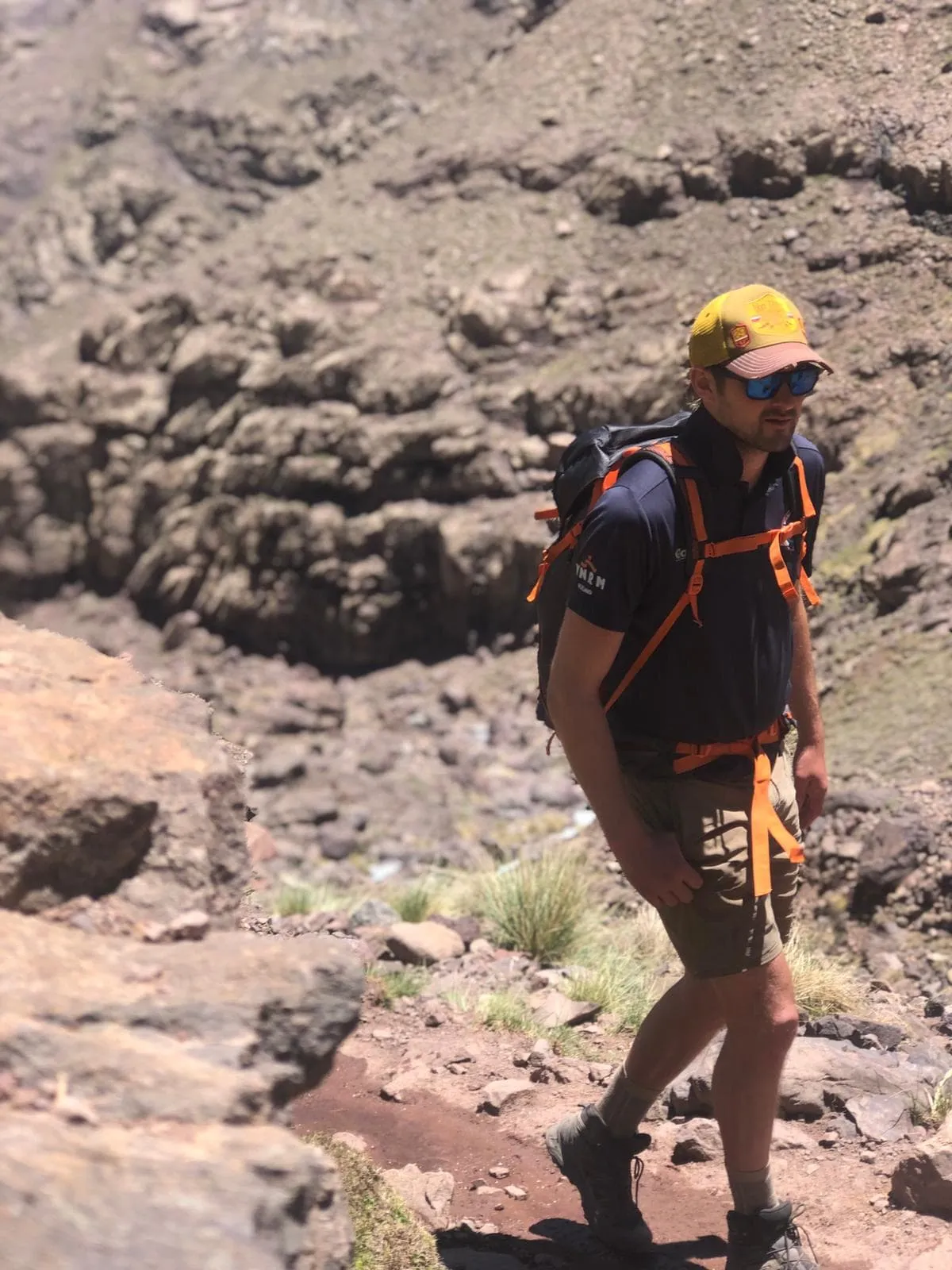
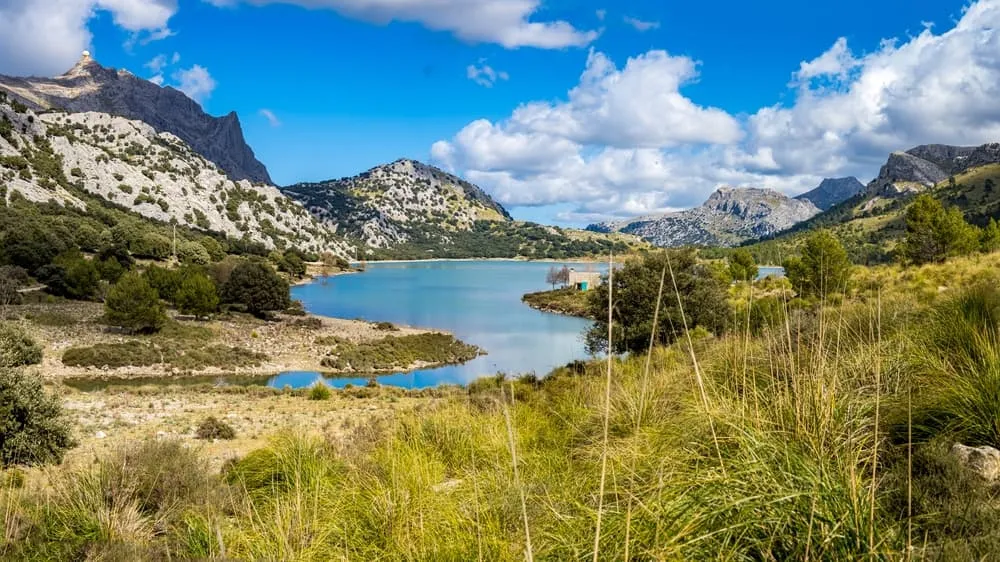
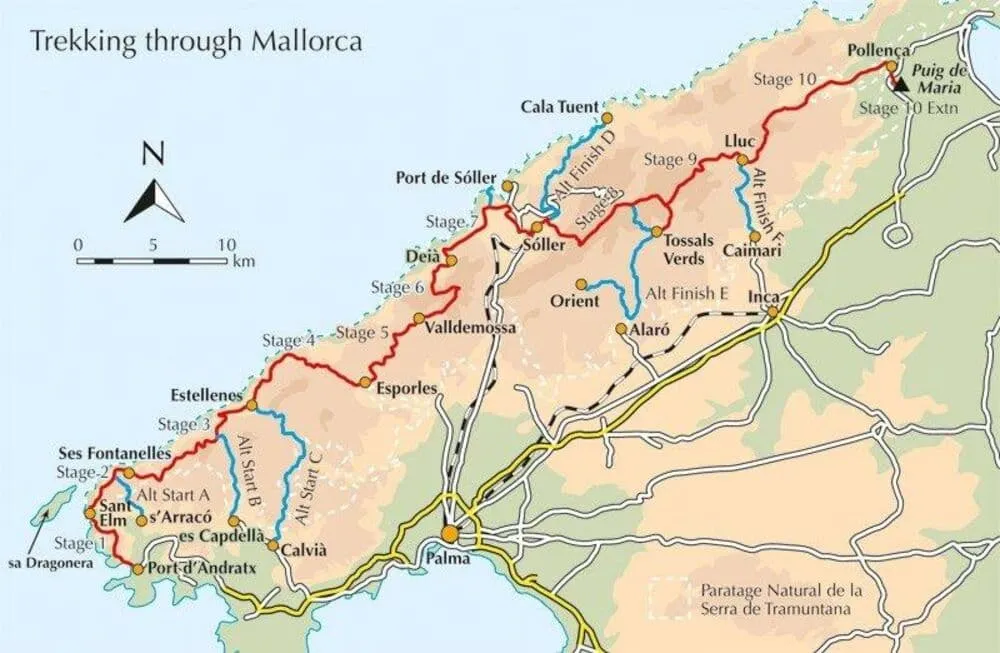
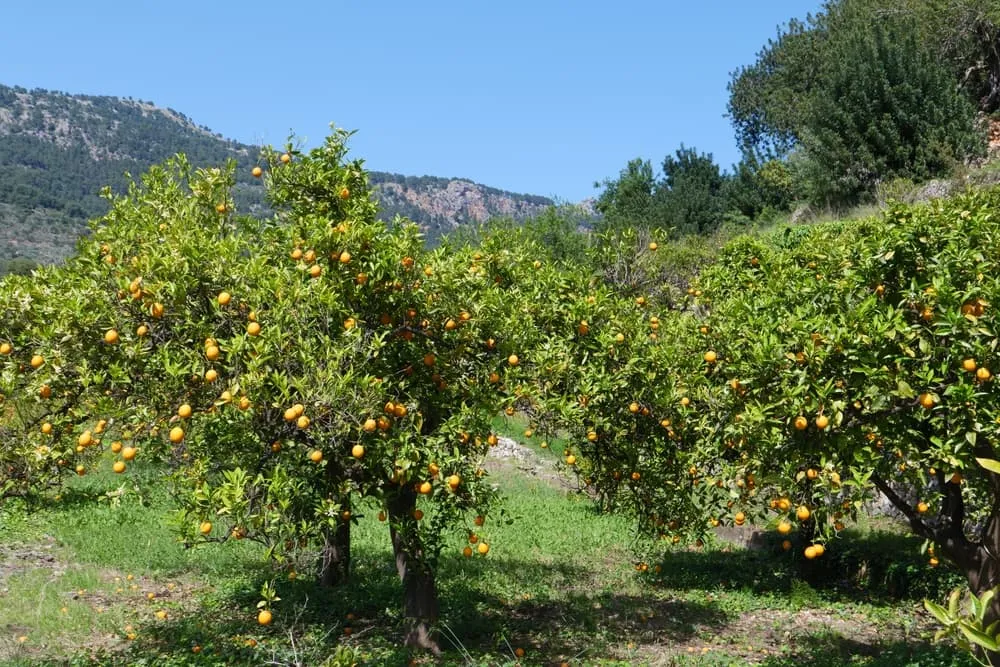
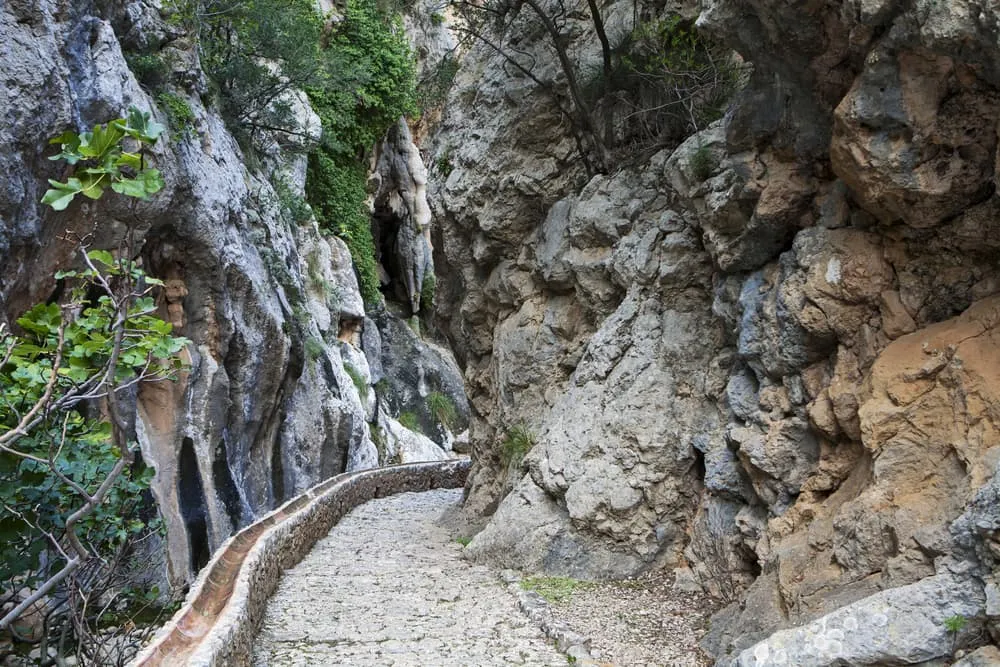
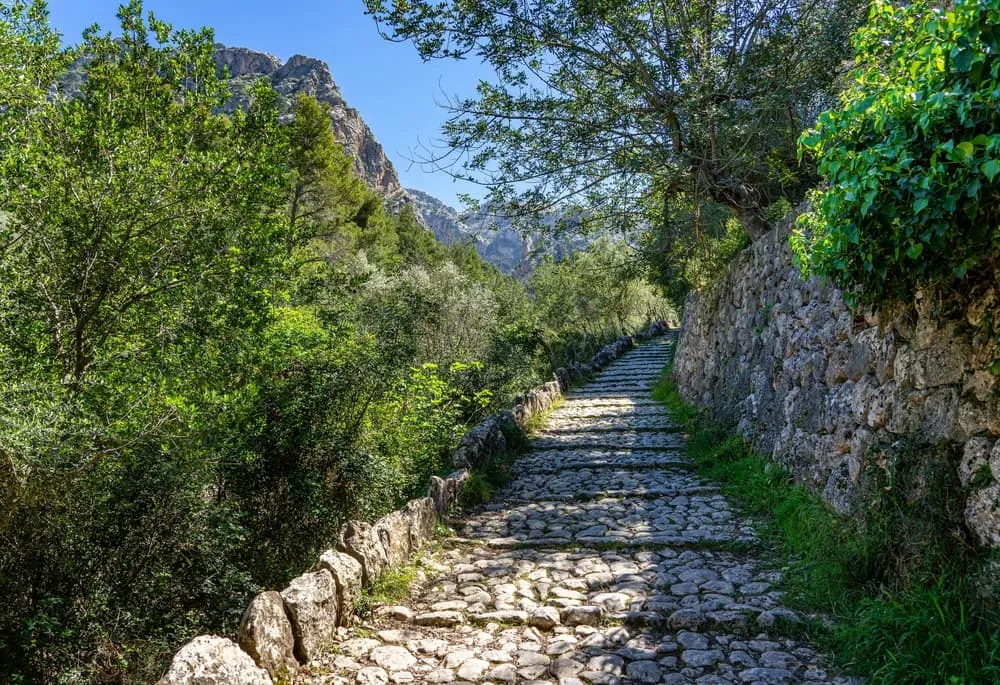
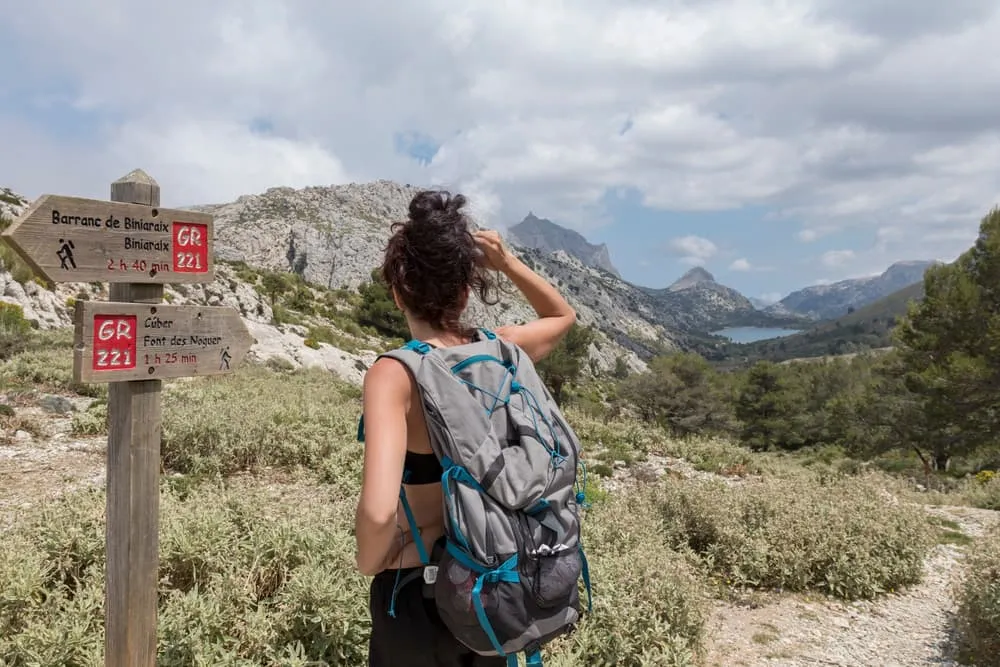


Comments